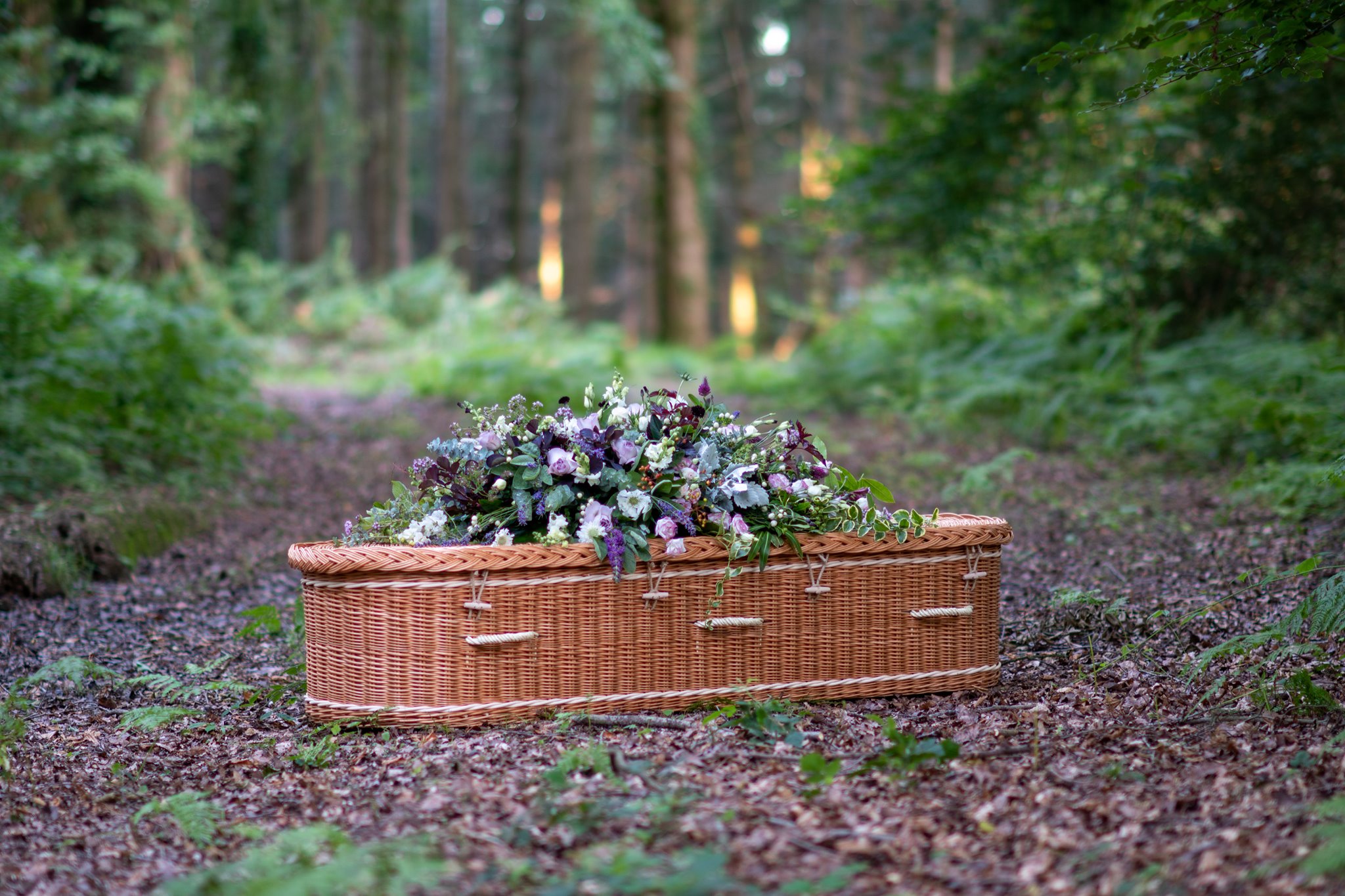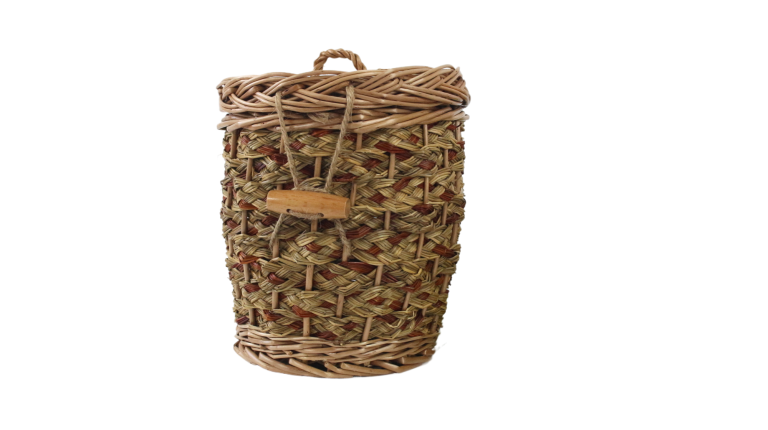In the bustling metropolises of the modern world—from London to Toronto, Sydney to Dubai—a quiet revolution is taking shape in funeral practices. Diaspora communities, often separated from their ancestral lands, are rediscovering cultural continuity through an unexpected medium: the willow coffin. This emerging trend represents a global folklore fusion, where traditional symbols of mourning and transition are being reinvented to honor heritage while embracing ecological values.
Willow’s role in funeral rites spans continents: it appears in Celtic myths as a bridge to the afterlife, in Chinese traditions as a symbol of resilience, and in Nordic lore as a vessel for spiritual passage. For diaspora communities, these shared symbolic meanings create a common language of loss and memory. A willow coffin becomes more than a biodegradable container—it is a canvas for cultural hybridization. Ghanaian families in London might incorporate Adinkra symbols into the weave; Vietnamese communities in Texas could blend willow with bamboo motifs; Syrian artisans in Berlin might integrate Arabic calligraphy honoring verses from the Qur’an. These adaptations transform the coffin into a narrative object, weaving together identities that are no longer bound by geography but enriched by it.
The appeal also lies in willow’s ecological humility. For communities displaced by climate change or urbanization, green burials offer a way to reclaim agency over rituals compromised by migration. A Punjabi family in Vancouver, for instance, might choose a willow coffin to honor Sikh principles of simplicity and oneness with nature. Similarly, Jamaican families in New York might see it as an extension of Afro-Caribbean beliefs in cyclical regeneration, where death returns life to the earth.
Funeral directors in multicultural cities are noting this demand, collaborating with local artisans to create customized designs that reflect diverse traditions. Projects like the “Global Farewells Initiative” now document these cross-cultural innovations, showcasing how willow coffins can incorporate patterns from Japanese kintsugi, Māori koru, or Navajo weaving techniques.
Ultimately, the rise of willow coffins in diaspora communities speaks to a universal yearning: to honor roots while growing new ones. It proves that even in death, culture is not static—it is alive, adaptable, and forever woven into the fabric of human belonging.
We are a factory supporting eco friendly green funeral(natural willow coffins\bamboo caskets and so on) .. for detail please contact us www.roconly.com;
Roconly (LinYi) Funeral Supplies Co.,Ltd.
Whatsapp: +86-18265103836 (Whatsapp & Wechat & Tel)
Email: jason@roconly.com
#willowcoffin#greencoffins#bamboocaskets#urns#naturalcoffins#chinafactory#scattertube#naturalburial#FuneralSupplies#cross#flowerbands#shrouds #carrierfuneral Willow in a coppice plant which grows extremely quickly, willow not only an extremely sustainable material but also one ideal for weaving #roconlycoffins #everecoffin #handwoven #naturalcoffin##eco-friendlycoffin @everyone@followers
Willow in a coppice plant which grows extremely quickly, willow not only an extremely sustainable material but also one ideal for weaving #roconlycoffins #everecoffin #handwoven #naturalcoffin##eco-friendlycoffin @everyone@followers




